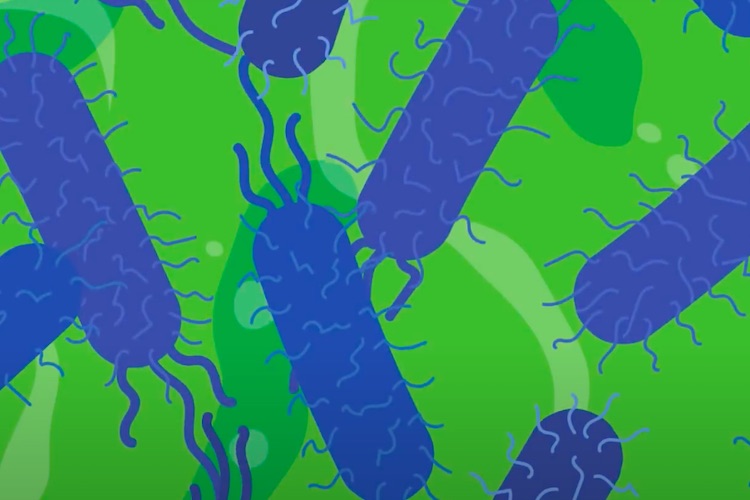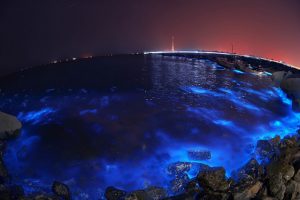Reconstructing Paleoclimate
On climate formation, reconstruction methods, and the principle of actualism

In September Scientific Reports published an article called ‘Pelagic photoferrotrophy and iron cycling in a modern ferruginous basin’. We asked one of the authors, Dr Marc Llirós from Université Catholique de Louvain, to comment on this study.
One third of the microbes present in Kabuno Bay, an isolated freshwater iron-rich basin of Lake Kivu (RD Congo, East Africa), grow by carrying out a different kind of photosynthesis that oxidizes iron instead of converting water into oxygen, like plants and algae conventionally do. These microbes convert dissolved iron into minerals that settle down in the water column of Kabuno Bay.
With this in mind, the authors believe that these iron-metabolizing microbes might have converted the huge amounts of dissolved iron present in the Precambrian ocean into minerals that settled down and then were deposited on the oceanic floor, thus allowing the formation of the Earth’s oldest iron formations. These microbes might then have helped shape the chemistry of Earth over billions of years, finally leading to the evolution of more complex life forms, like plants or animals.

Anoxia and ferruginous (iron–rich) conditions dominated over the first periods of Earth’s evolution (the first 3.5 billion years), especially in the oceans. While ferruginous water bodies are unusual in modern Earth, lakes Matano (Indonesia), La Cruz (Spain) and Kabuno Bay are considered to be modern analogues of the Precambrian oceans, and thus represent priceless natural environments that allow us to study the biogeochemistry and ecology of Earth’s early years.
Before the massive presence of oxygen on Earth and the explosion of biological production through oxygenic photosynthesis, biological production in the iron-rich Precambrian ocean might have been driven by iron oxidation and inorganic carbon fixation into microbial biomass through anoxygenic photosynthesis. In this sense, photoferrotrophy may have been a fundamental source of energy for microbial growth and biosphere evolution over billions of years on Earth.
Some indications of photoferrotrophic activity have been recently observed in modern analogues of Precambrian oceans. Inspired by this emerging evidence, we investigated an isolated and iron–rich freshwater water column in East Africa to place constraints on the ecology of ancient ferruginous aquatic environments.
There’s still much to discover about anoxygenic photoferrotrophic processes in modern Precambrian oceanic analogues. The production of axenic cultures might contribute to explaining metabolic growth rates and providing important answers about the biogeochemical processes carried out by these microbes. Furthermore, deeper analyses of the interactions between microbes present in the water column of such environments coupling carbon and iron cycles might also provide information about naturally occurring processes either in modern analogues or in the Precambrian ocean.

On climate formation, reconstruction methods, and the principle of actualism

Scientists have assessed the contribution of humans as a species to the history of life on Earth

Biologist Maria Sinetova about a beautiful and sometimes dangerous phenomenon of glowing of dinoflagellates